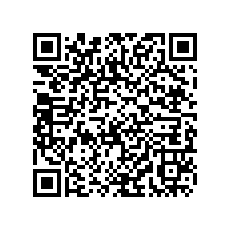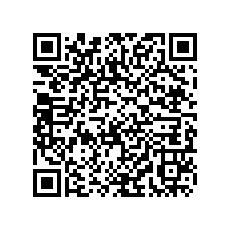QR Code Solutions for Social Mobility

Mobile barcode scanning is on the rise and there are many tools and best practices to be aware of when marketing with QR (quick response) codes.
A QR code is an encoded barcode image that resembles a square-like maze. These two-dimensional barcodes store data that can be decoded by consumers with QR code readers. The data contained within QRcodes is typically URLs, SMS, contact/profile information such as vCards, email addresses, phone numbers, text, etc.
How can you deploy quick response codes in your day-to-day marketing? While it is increasingly common to include them on the Web, the best use is obviously to aid in bridging the gap between more traditional formats of marketing and the Web. Posters, business cards, letterhead, signage, books, brochures - the list of potential locations for a QR code is extensive.
Where you link that QR code also needs to be a consideration. Using QR codes in tandem with mobile websites, informational videos, or applications are a few possibilities. If users are engaged enough to read your QR code, it only makes sense to make that engagement as meaningful as possible.
The QR code solutions/tools below are available for free or on a commercial basis.  BeeTagg
BeeTagg
More of an entire mobile tagging system than just a QR generator, BeeTagg is ideal for high volume marketers. System codes are editable and trackable.
BeQRious
A free QR code generator which enables users to select the type of code (basic like a URL, map locations, graphical like images, or social profile names. Output is GIF and PDF. BeQRious also provdes a mobile tracking analytics service. (https://qrcodetracking.com/)
QReateBuzz
While not as visually appealing as BeeTagg or BeQRious, QReateBuzz is highly functional (and free). Create multiple code types and tracking scanes, impressions and the number of days active.
For a list of a few other free and commercial grade QR code generators including Scanlife, Kaywa and zXing see this post on QR code tools from 2009.

Subscribe to Our Newsletter!
Latest in Social Media










